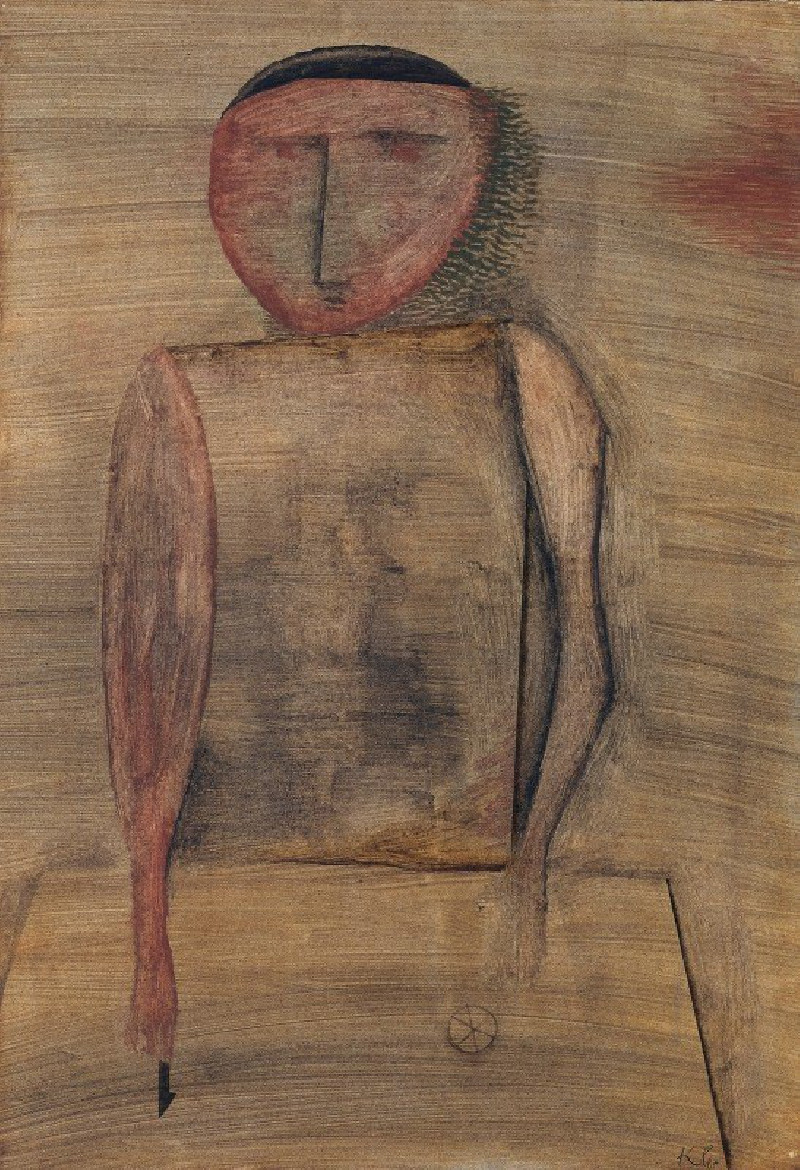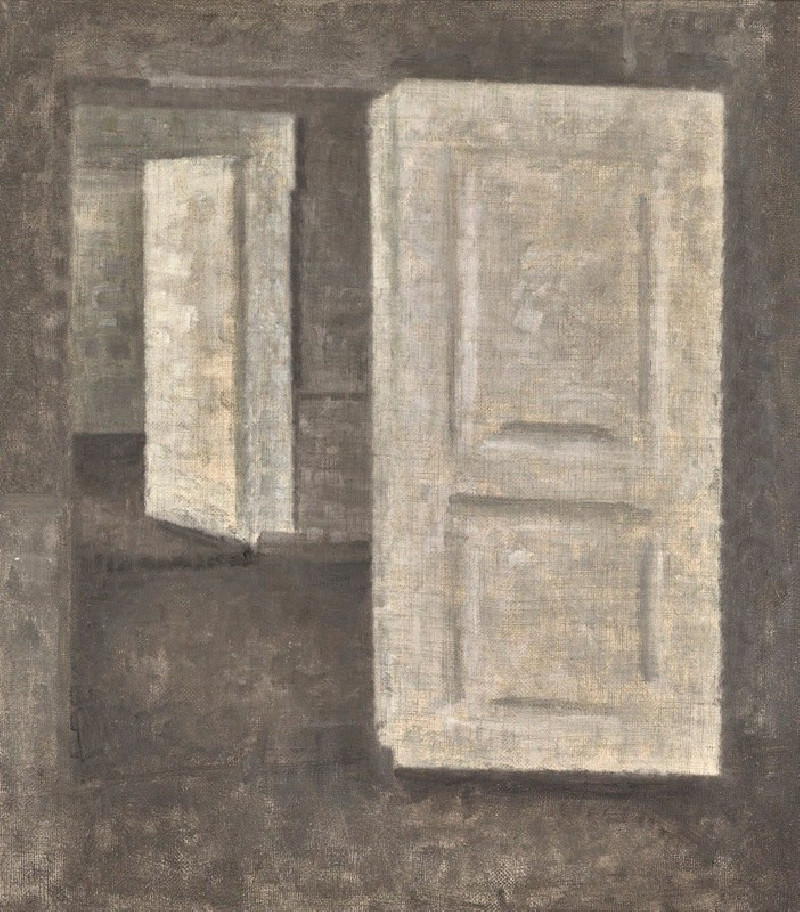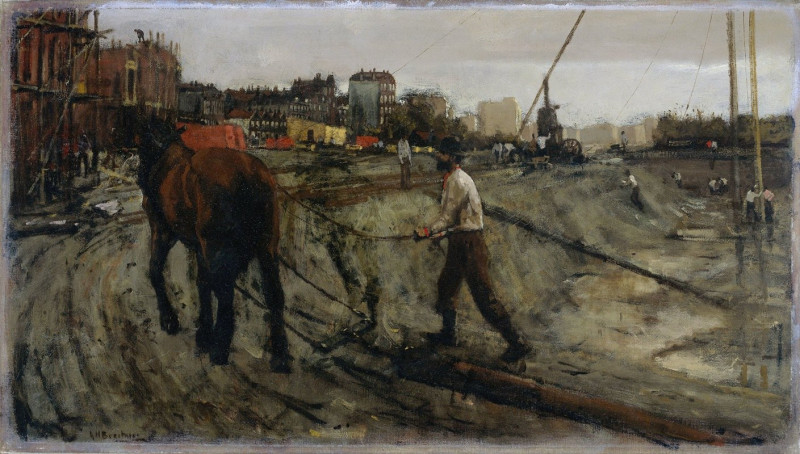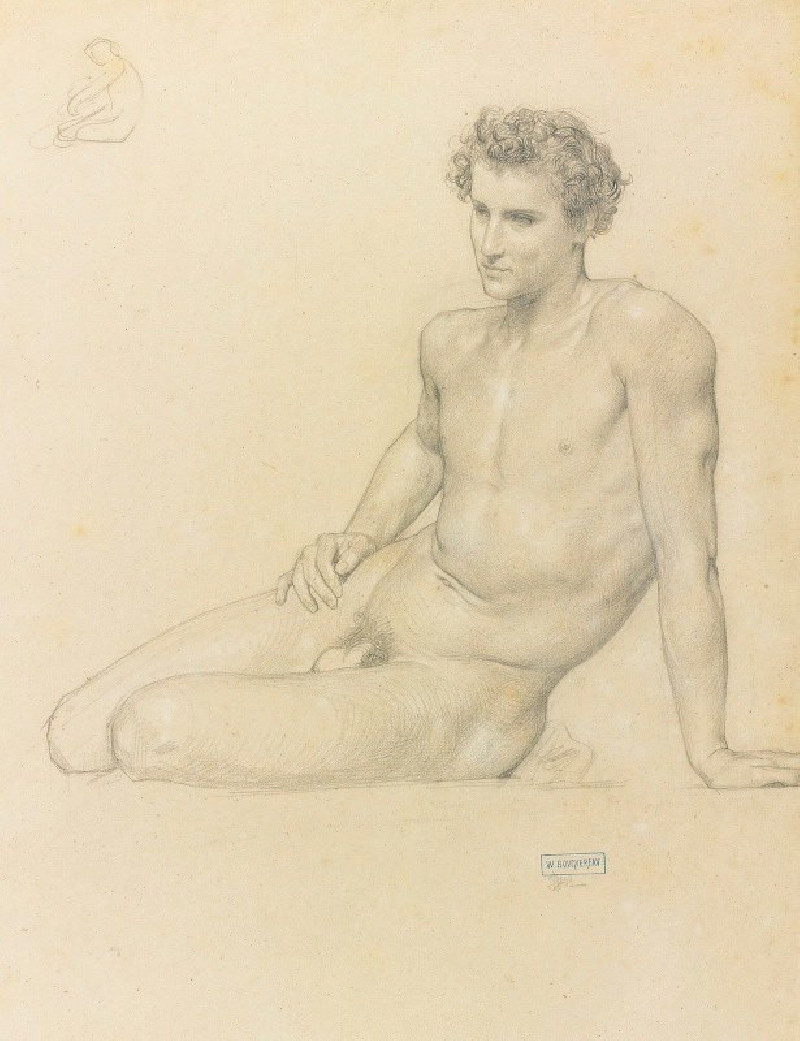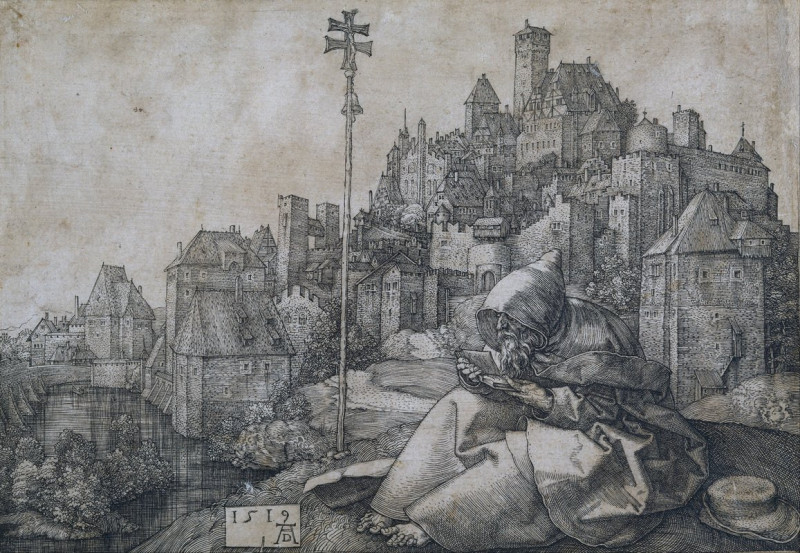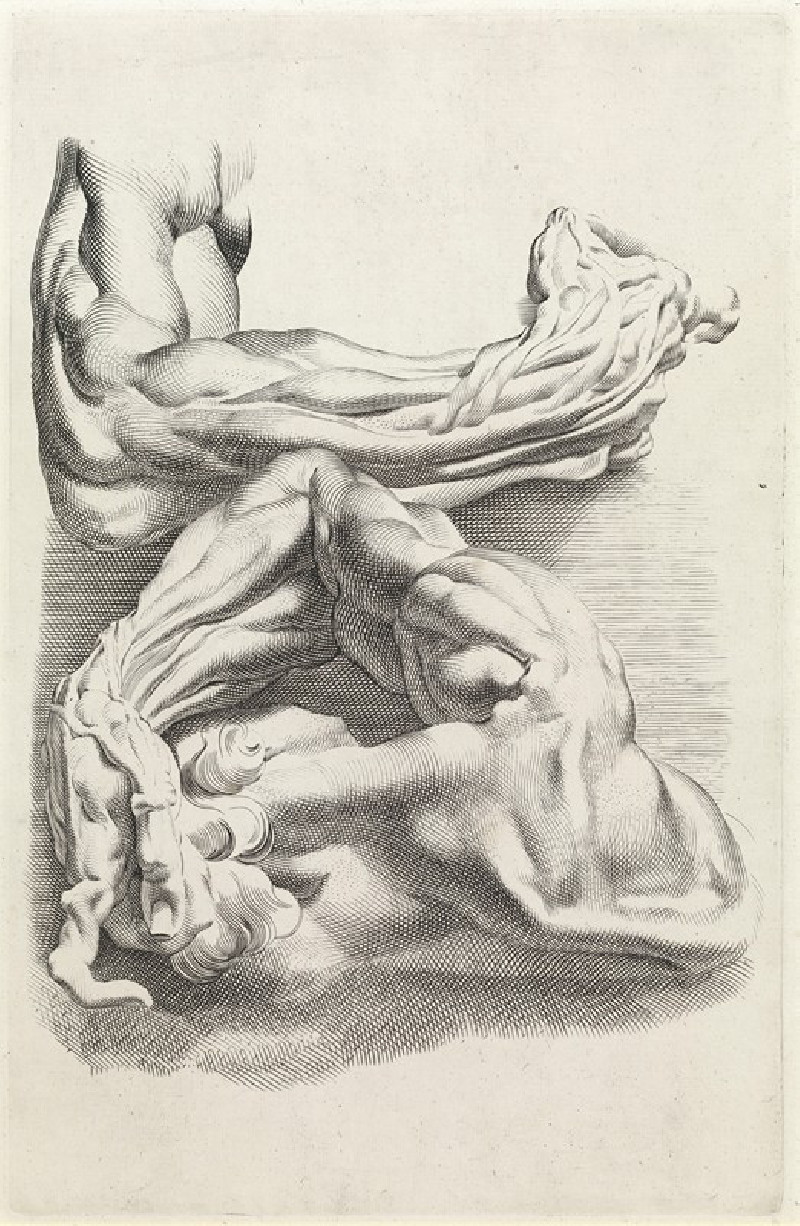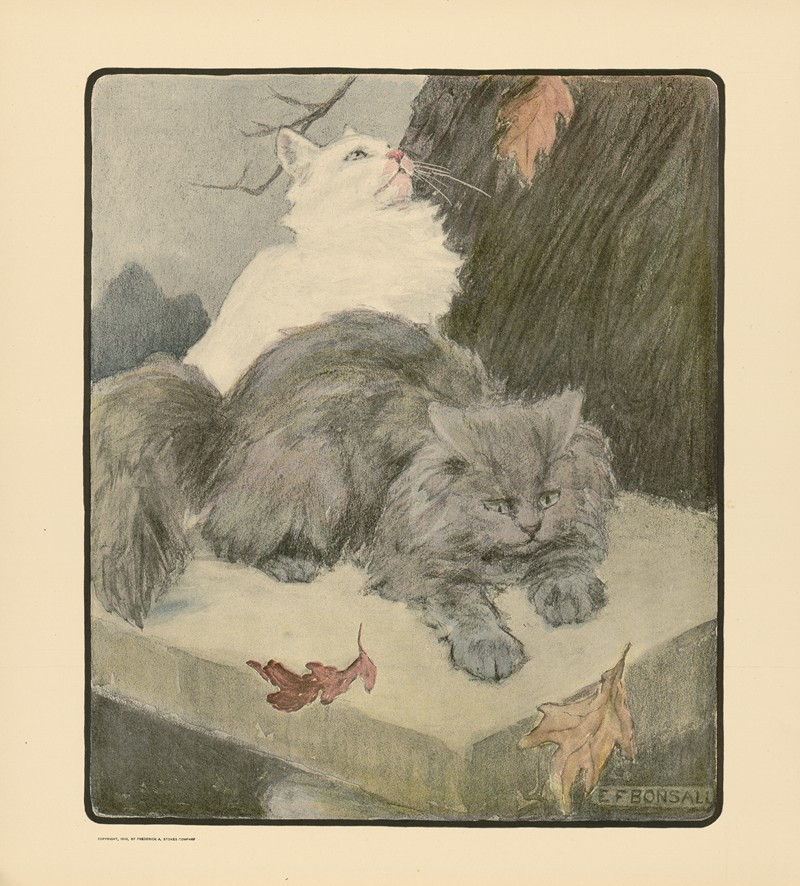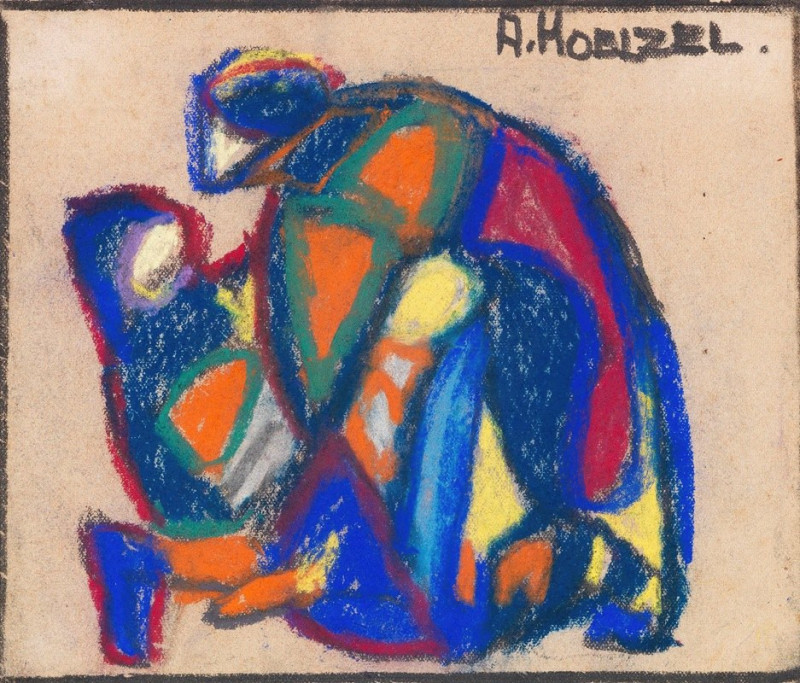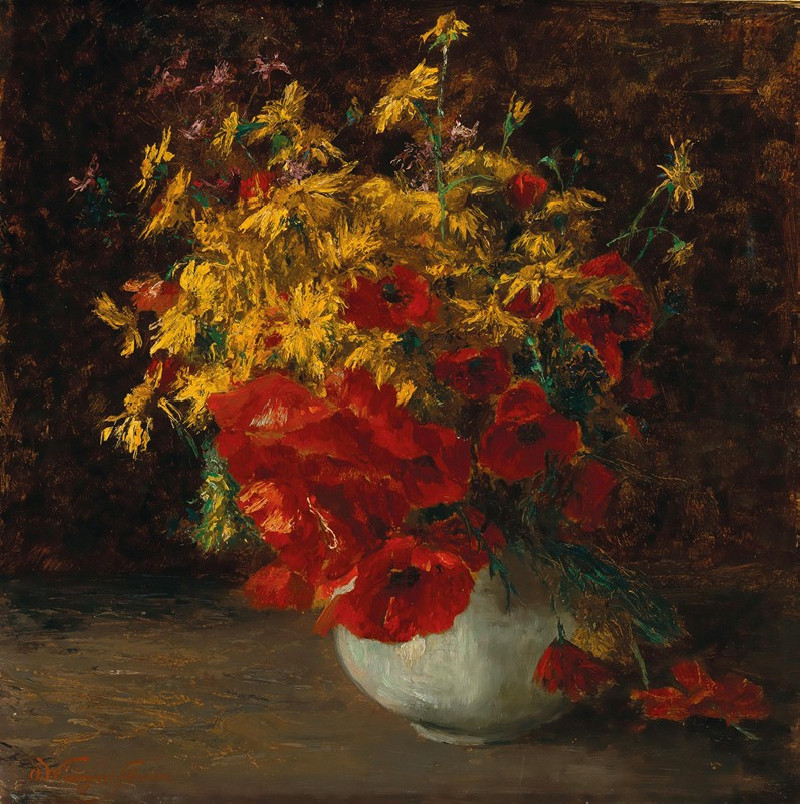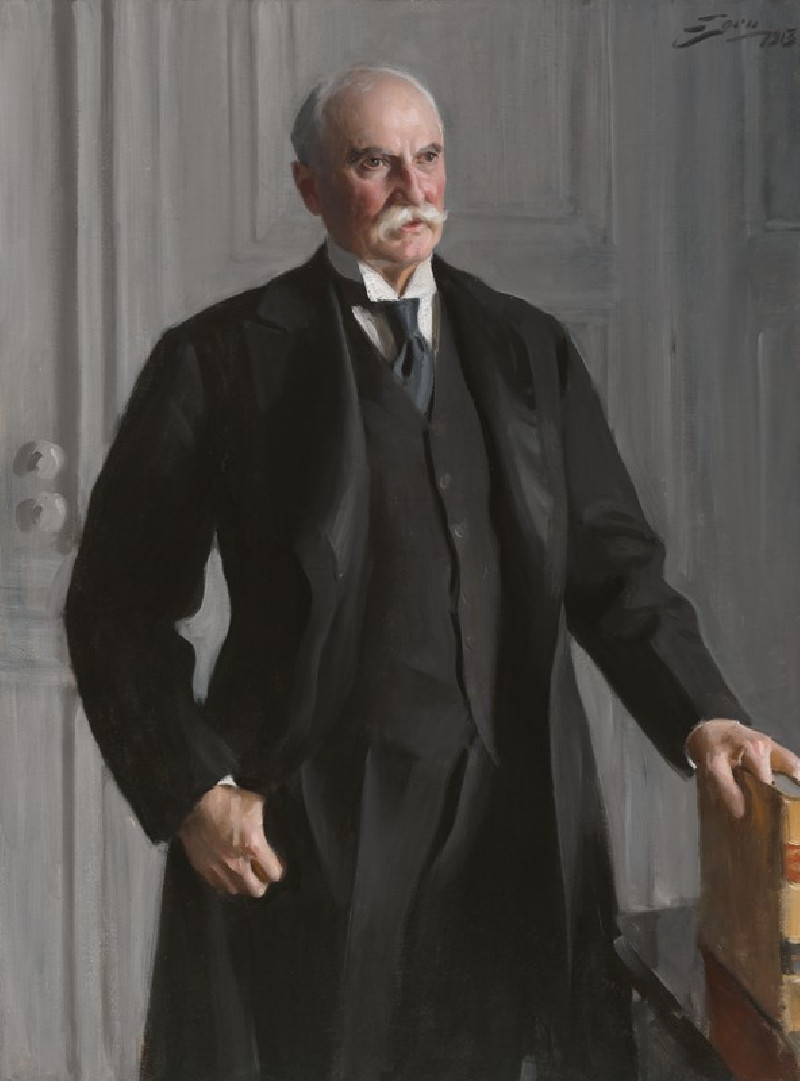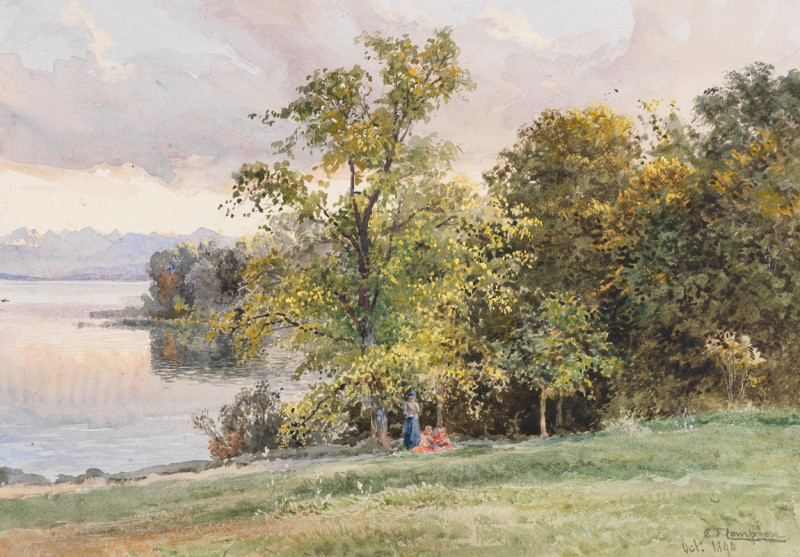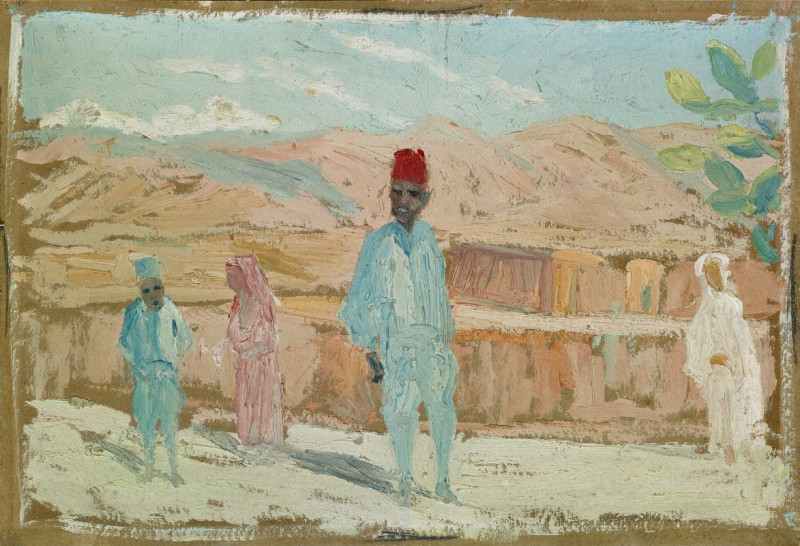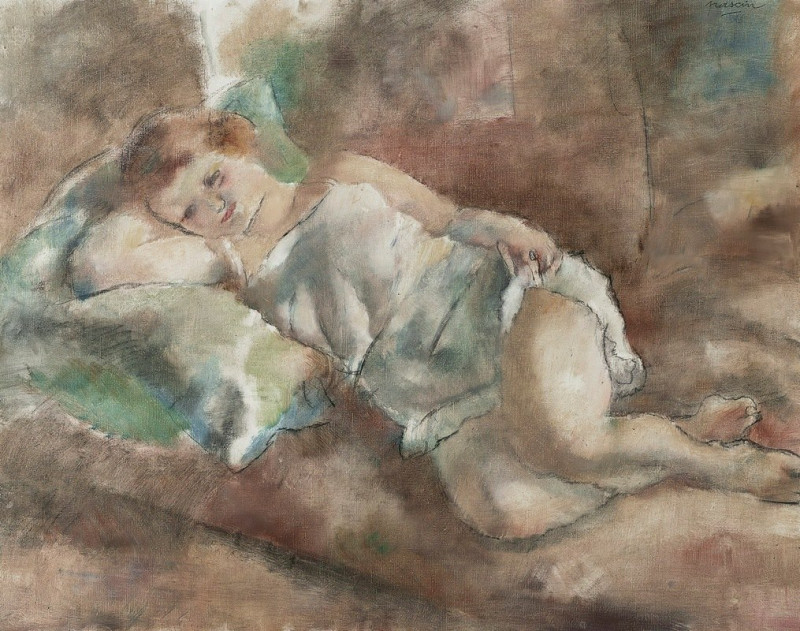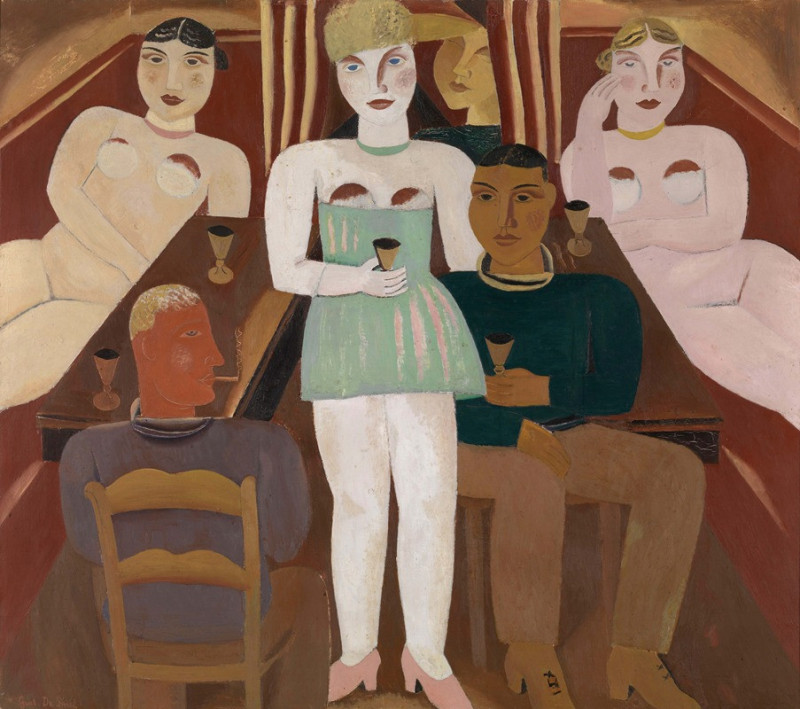Doctor (1930)
Technique: Giclée quality print
Recommended by our customers
More about this artwork
"Doctor" (1930) by Paul Klee is a compelling artwork that invites introspection and interpretation. The use of sparse colors and rudimentary shapes conveys a sense of minimalism and abstraction characteristic of Klee's style. The painting features a figure that stands out for its simplicity and geometric form. The figure’s face is outlined with a striking red hue, split by a dark line, perhaps suggesting a bifurcation of roles or dual aspects of a personality.A notable feature is the subtle detail within the torso, which, upon closer examination, reveals intricate textural elements that could represent the complexities of a human being or the layered nature of medical practice. The elongated arm and the obscured lower body contribute to an almost ethereal or ghostly presence, emphasizing the transcendence of the medical profession over bodily confines.Paul Klee's "Doctor" carries enigmatic qualities that might reflect on themes of the human condition, medicine, and perhaps, a commentary on the interplay between doctor and patient, healer and healed.
Delivery
Returns
Paul Klee was a Swiss-born German artist. His highly individual style was influenced by movements in art that included expressionism, cubism, and surrealism. Klee was a natural draftsman who experimented with and eventually deeply explored color theory, writing about it extensively; his lectures Writings on Form and Design Theory (Schriften zur Form und Gestaltungslehre), published in English as the Paul Klee Notebooks, are held to be as important for modern art as Leonardo da Vinci's A Treatise on Painting for the Renaissance.

